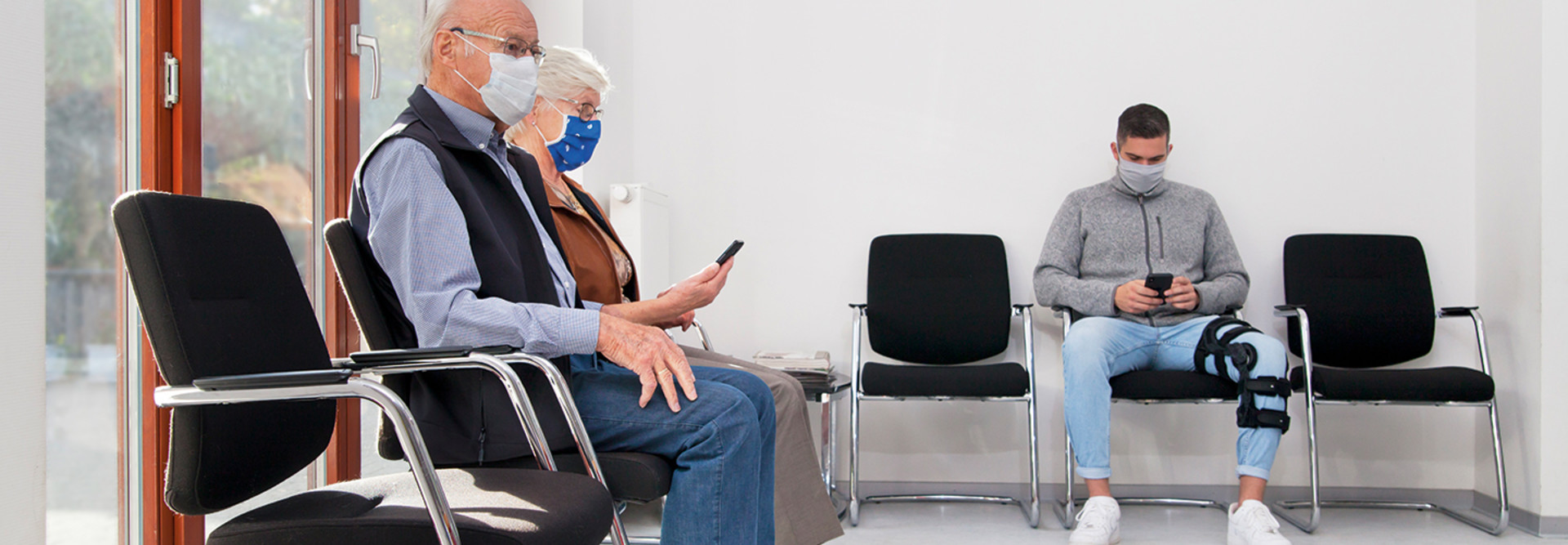Helping Rural Hospitals Provide Connectivity
Adventist Health serves more than 80 rural communities across the West Coast, Hawaii and Australia, says Cisco global healthcare leader Troy Yoder.
“Rural is the key word there. Their hospitals and clinics fall outside of major metropolitan areas, leaving many of these sites with limited cellular network coverage,” he says. “This limitation means that Wi-Fi connectivity was critically important to patient care, since they cannot consistently rely on cellular networks.”
Yoder says that simplifying the process of joining Adventist Health’s wireless network was vital.
“With the rollout of OpenRoaming, administrators can spend significantly less time worrying about connectivity issues and more time focusing on patient care,” he says.
OpenRoaming Provides Connection Without Overloading Networks
Through OpenRoaming, a hospital’s waiting, staffing and care areas are securely onboarded to a Wi-Fi 6 network, which users can access without needing to enter an email address or password.
Each staff member receives a unique ID through the Adventist Health app, and app users are automatically connected to the Wi-Fi 6 network via the OpenRoaming service on their arrival.
Yoder notes that healthcare organizations often have several parallel systems that are critical for care delivery but that can interfere with Wi-Fi networks. For example, radio frequency identification, LTE and Digital Enhanced Cordless Telecommunications solutions can create interference in the 2.4GHz frequency space, affecting clinical services that may depend on Wi-Fi connectivity.
READ MORE: Learn 3 key steps for success when upgrading to Wi-Fi 6.
Additionally, upgrading or installing physical infrastructure in a hospital can cost 10 times as much as the devices being installed.
“While connecting to guest Wi-Fi securely with OpenRoaming, these devices can also be directed to leverage Wi-Fi in the 5GHz band, reducing 2.4GHz interference with existing and expensive parallel infrastructure and giving a provider the headroom to replace aging clinical Wi-Fi devices that only communicate over 2.4GHz bands,” Yoder says.
Further, OpenRoaming provides a standards-based solution, which reduces load on expensive LTE direct-attached storage arrays, enabling guests and staff members to securely connect personal devices to low-cost Wi-Fi services by federating identities with traditional trusted providers.
“This ensures that investments in LTE infrastructure can continue to serve cellular voice and data users within a hospital without competing with patients for cellular data,” Yoder says.
Providing Wi-Fi Access to Patients and Staff Securely
Yoder also points to specific network security challenges for health systems, explaining that the most important factor is patient data.
“That network contains critical information that needs to stay within the four walls of the hospital,” he says. “Data breaches at hospitals could lead to undesirable situations such as identity theft. So, when talking about OpenRoaming, where anyone can join the network, the natural question is whether it’s secure. The short answer is yes.”
Yoder explains that OpenRoaming uses 802.1x-based authentication protocols, and all connections are encrypted with WPA2 and WPA3 data encryption tools.
“In fact, if your connection cannot be secured, you will not be able to connect to the OpenRoaming network,” he says. “Patients, guests, doctors, nurses and administrators can trust that what they do on the network is secure.”












